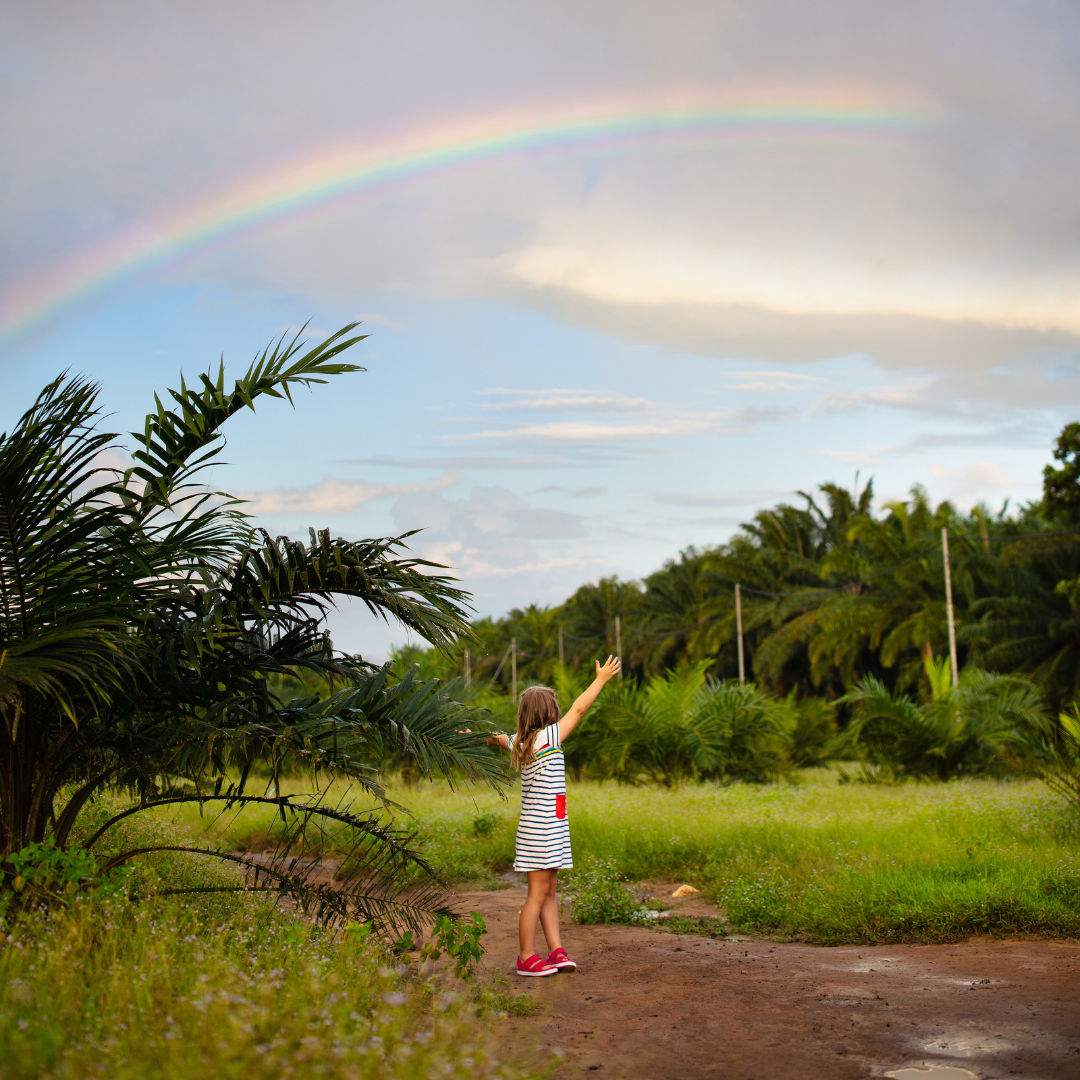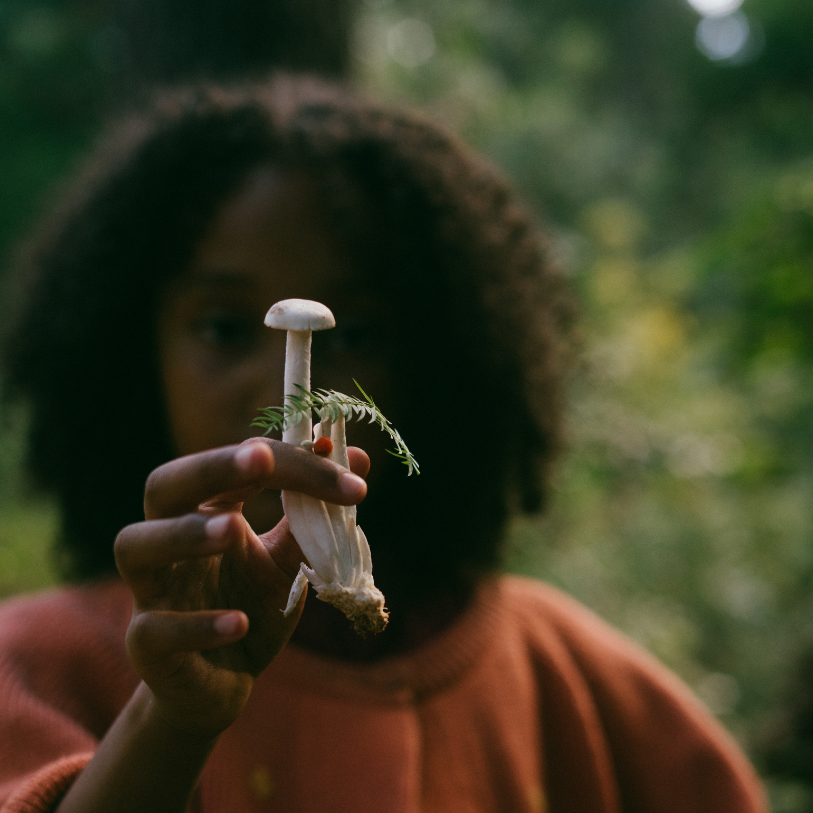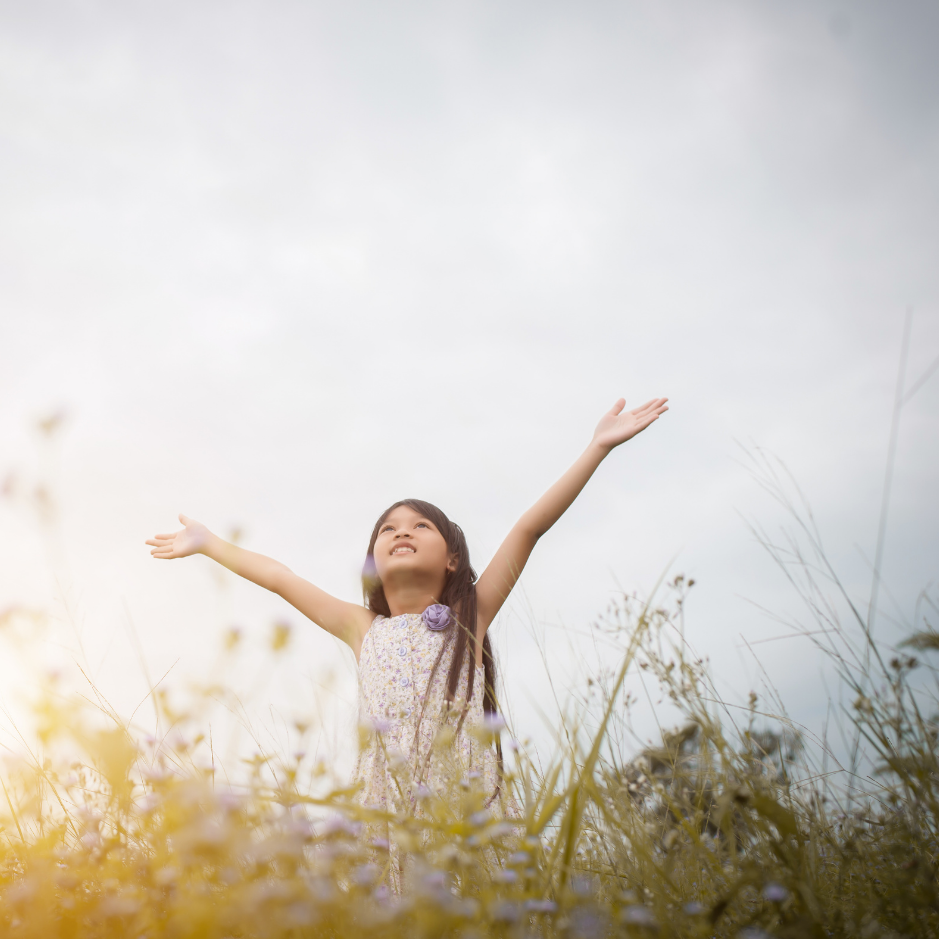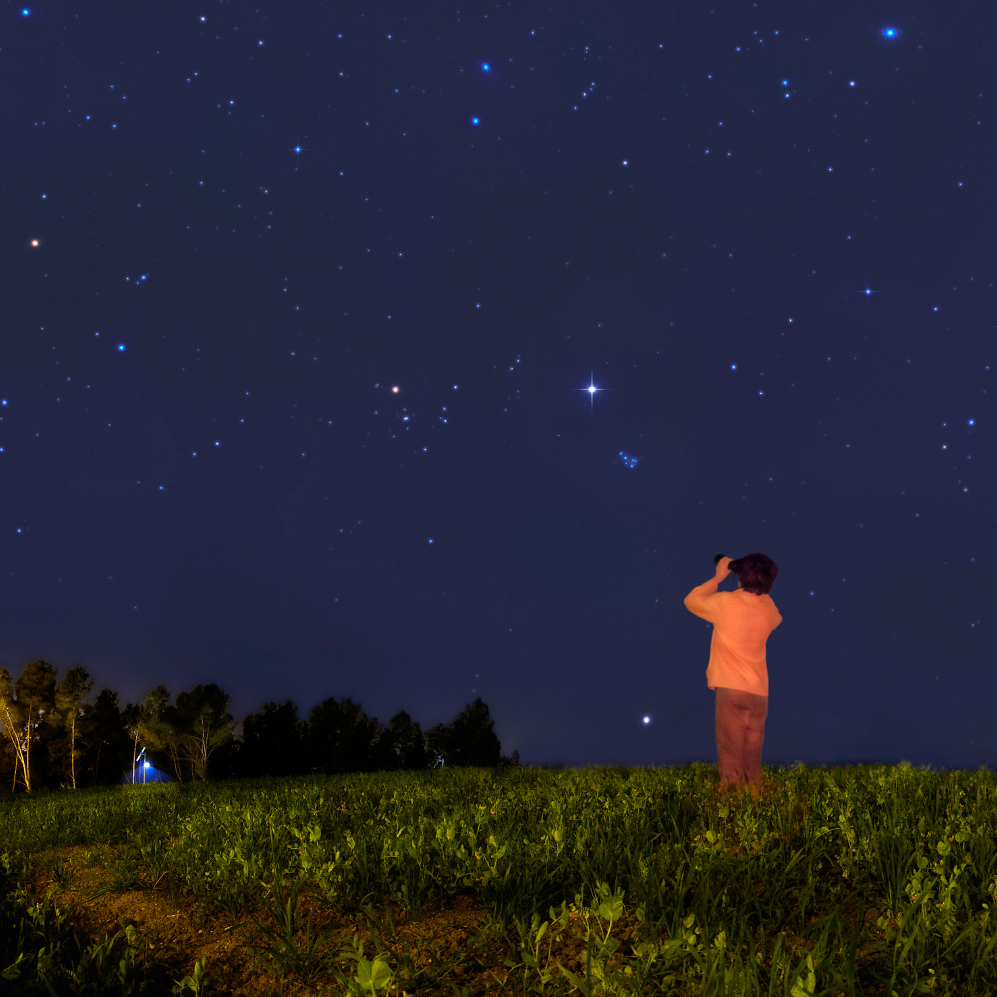What’s Happening in Our World: Helping Children Connect with Nature
Apr 21, 2022
In the North for the months of Spring, our curriculum offers the opportunity
to explore the Metaphysical Focal Point: What's Happening?
Children will begin exploring what the cycles of nature are, how we see them, and how we are a part of them. As caregivers, we can help bring these questions to life through hands-on experiences in nature.
Here are some inviting activities to present to children to expand their understanding of the world's complexities:
1. Go rainbow hunting
This is an opportunity to explore concepts like refraction, reflection, and light dispersal. Invite children to consider what conditions create rainbows. Ask children how light creates and affects a rainbow. Why do we only see the few colors we do and what role does light play in creating these colors? Rainbows can teach us so much about science and a lot about feelings, too. Go rainbow hunting by searching for what children discover in regards to conditions. Consider expanding on this through making your own rainbows and rainbow-inspired art.

2. Take an outdoor adventure in search of producers, consumers, and decomposers
Examine what it means to be a producer, a consumer, and a decomposer. Then, venture into your backyard, neighborhood, and parks to look for local examples of each. Take notice of any sign these cycles of natures; Where producers are busy at work (maybe on a nearby flowering plant), What consumers may be drawn to (such as a rabbit to a clovers), and Where decomposers have been in the area based on material breakdown (consider the work of the earthworm, fungi, and beetle) Before, during, and/or after, you can read about the producers, consumers, and decomposers you observed.

3. Go outside to observe signs of change
Invite your student to brainstorm possible signs of change you might encounter on your adventure. thinking. If you encounter a field of wildflowers, you can invite your student to think about this as a sign of change. What changes occurred in this place from before these flowers bloomed, to right now while we are looking at this field of beautifully vibrant colored flowers? (such as Spring showers and the sun's warmth melting the snow after a cold Winter) What other possible changes could have occurred? Are there any indicators for us determining when some of these changes happened?

4. Try Stargazing
Invite children to go stargazing with you or their family. This practice (in company with watching clouds, having a picnic, or sitting around a campfire) offers opportunities for mindfulness, discussion, inquiry, and connection. Consider following the moon cycles and meteor showers to introduce children into the world of "stargazing", alongside the exploration of identifying the skies constellations. student to identify the constellations. What do they notice about them? Before, during, and/or after, you can ask children to research the stories behind the names of the constellations. What do they reflect upon during these stories?

Enjoy exploring the Metaphysical world with your children and use these activities as an opportunity to slow down and allow our very curious children to connect to their Metaphysical world. We often rush through our days, so this is a beautiful way of releasing this rush. The next time your child stops to observe a snail crossing a sidewalk or a bee buzzing about flowers, see this as an opportunity for them to connect to Mother Earth.

